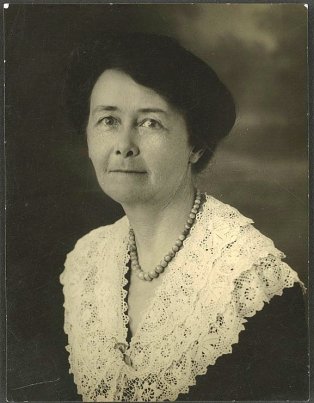‘Because we must take over the means of production in order to create our own moanings’- Riot GRRL manifesto
I have always been interested in music and literature produced by women.
On a side note: something I want to remark early on about absence is the omission of film from that first line. While I’m a verified cinema fangirl, the presence of women in this medium is so disproportionate that I couldn’t really include it. I’m sure any book about films produced by women would be its own sub-genre akin to ‘female serial killers’ (not that I want females to step up to this latter challenge- but you get my point).
Anyway, when I was young, my own predilection for female authors and (i’m going to be honest here) pop stars, included Emily Rodda, J.K Rowling and The Spice Girls. As I mentioned previously in my blog ‘Creatives and Creative Nonfiction’, I have now graduated (thankfully, with the exception of J.K Rowling- Harry Potter will always have a place on my bookshelf) to Carrie Brownstein and Patti Smith, who currently double as authors and musicians.
This is not to say that I read authors specifically because of their gender but there is something to be said for gravitating towards a recognisable place- even if that place may be remote. As a young, aspiring author/pop star, it was useful for me to know that there was a place for me in this medium, even if it didn’t exactly favour me in a serious way.
So, when I read the essay We Should All Be Feminists by Chimamanda Ngozi Adiche (I’ve also included a link to the related speech), I was inspired to read another feminist essay from 1924 in order to compare the state of female authors 80 years apart. This essay was A Room of One’s Own by Virginia Wolfe.
There are several noticeable recurring themes between these essays. One such theme, the deflation of women, is expressed by both:
‘We teach girls to shrink themselves, to make themselves smaller’ (Adiche 2014, p. 27).
‘Women have served all these centuries as looking glasses possessing the magic and delicious power of reflecting the figure of man at twice its natural size’ (Wolfe 1924, p. 37)
Wolfe also makes a point about the absence of female poets- her argument resounds almost a century on. Almost everywhere I searched for female poets, I found the results disproportionate.
A general google search under ‘great poets‘ will reveal 50 ‘great poets’.
1 in 5 of these were women.

I understand that the top Google result is not always equivalent to finite truth, so I had a look in some of anthologies in my collection. The anthology in the above photograph exhibits Emily Dickinson, sitting lonely amongst 9 male poets. Another titled The Great Modern Poets (shown in the photograph below), features a photo of a lonely Sylvia Plath among Dylan Thomas, T.S Eliot and Robert Frost, and again only 7 of the 50 poets were female.

Google seems to appear generous, given the later statistics.
One of the more recent attempts to combat this is the Stella Prize. With its inception in 2011, it was created to help combat the lack of recognition that female authors receive. The Stella Prize awards women for their contribution to Australian literature in an industry that disproportionately awards and recognises male authors. The Stella Count (a much more sophisticated version of my ‘poet count’ above) compiles data on yearly percentages of the reviews of both male and female authors. The count shows a higher percentage of male reviewers who are more inclined to review male authors and that, when published, these reviews are granted greater prominence.
‘These patterns in Australian reviewing combine to reinforce the perception that books by men are for everyone, while books by women are of interest only to women, and that men’s writing is more deserving of reflection, recognition and review than that of women’. Fay Helfenbaum and Veronica Sullivan- The Stella Count

The Stella Count has shown great improvement over the last few years with increase in recognition and review of female authors. As shown below, my own collection of poetry, also reflects an unfortunate unbalance- and Sylvia is alone, yet again. Hopefully, this trend of absence will find balance over time.

Image attribution: ‘Virginia Wolfe in 1902’- attributed to George Charles Beresford on Wikipedia- Public domain mark 1.0
